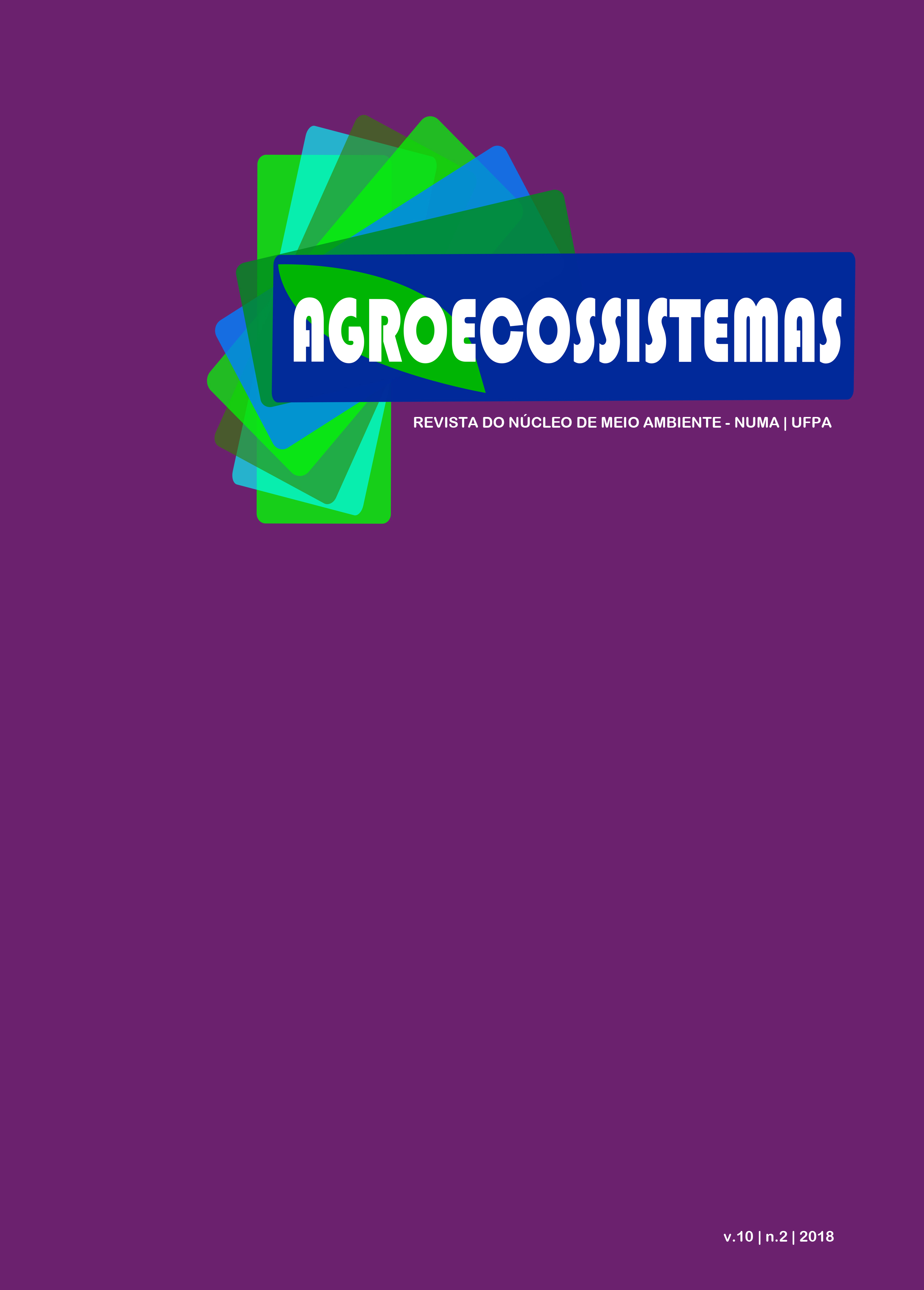MEDICINAL PLANTS: A TRADITIONAL KNOWLEDGE AS AN ALTERNATIVE IN THE HEALING PROCESS
DOI:
https://doi.org/10.18542/ragros.v10i2.5204Abstract
The Amazon has an extensive cultural diversity, which encompasses the empirical use of natural resources, including plants that are used not only as a source of food, but also as a curative source of disease. The objective of the present study was to survey the ethnoespecies used by the residents of Santarém-PA, so that in future, with further studies on the applicability of traditional medicine, these species can be used in the municipal public network of the region, since the information collected is only in the empirical domain of the Santarena population, because although it contains the use of phytotherapics in the SUS, there is still no such system implanted in this municipality. The survey was carried out between August 7 and 25, 2017 through the application of 200 questionnaires in three different shifts, in different conventional pharmacies in the urban area of the city of Santarém-PA, in which it presented questions regarding gender, age and schooling of the interviewees, as well as information about the plants. A total of 93 species were mentioned, with the most frequent being: Cidreira (Melissa sp. L.), Boldo (Vernonia sp. Schreb), Capim-Santo (Cymbopogon sp. Spreng.), Hortelã (Mentha sp. ) Arruda (Ruta sp L.). The main parts of the plant used are the leaves and bark. The most common forms of preparation were infusion and decoction. In general, it has been observed that knowledge has been transmitted to the younger generations, and that such knowledge has remained among this portion of the population.KEYWORDS: Ethnospecies, Traditional medicine, Urban area.Downloads
Published
2018-11-19
Issue
Section
Notas Científicas/Técnicas


